January, 2022
now browsing by month
Visual Journaling as a Creative & Reflective Practice
Benjamin E. Hoffman is the Visual Arts Teacher at Kutztown Area High School. Benjamin teaches grades 9-12, exploring the creative process of visual journaling across multiple studio art courses. Benjamin is the current President-Elect for PAEA and serves as the Chairman of the Kutztown University Arts Society.
Visual Journaling as a Creative & Reflective Practice
“I am someone who cares about others deeply; thinks about the time that is wasted; how to appreciate the beauty in the areas of life that are often underappreciated. I strive for success and am often stifled by my desire for perfection and order. I appreciate how sounds influence my mood, yet evoke a feeling that divides my focus. I sit beside you, taking in all that you have to share; collecting dust upon the items that have stayed with me forever. There are treasures kept inside, and moments left unspoken, but each memory has its rightful place. I stand considerably tall, seeking ways to welcome more than which I can hold. I am always moving forward and prioritizing my day, but within each space is a story to be told. Family, tradition, and a surface like no other, I sit towards a corner, patiently watching as others surpass the expectations of which they have set for themselves. I wonder how my role may ever change and how the information I cherish will one day impact my future. I inevitably leave space to grow, and areas left unfinished. There exists change and renewal in myself, each vignette supporting a structure that builds upon itself. I am linear. I am resilient and contest a great deal of stress. Even so, I relentlessly seek opportunities to add to my collection, curating a tier of curiosities throughout my life.”
Active journaling promotes an entry for open-ended discovery, affording learners an opportunity to document, comment, and record their findings. I share the above passage as an introduction to who I am and how I approach visual journals. Journaling can challenge learners to discover an authentic practice while furthering their own understanding of themselves, and the world around them. Throughout the year, students engage in a series of journal prompts that invite learners to routinely express ideas while documenting their process. While some individuals pace themselves over several weeks, others work late into the evening, photographing their ideas as they unravel before their eyes. My experience of journaling has helped students better articulate their ideas, examine their surroundings, and expand upon their own best practices through mixed-media techniques and historical references.
Journals have always played a significant part in my curriculum. From documenting student work, collecting ideas, and taking notes, each visual spread offers something unique for students. Over the past several years, our sketch lab has grown, becoming an integral part of my instruction. By dedicating a space full of materials and time to work, students have thrived, creating visual spreads that cover relevant artists, ideas, and coursework.
So why use sketchbooks or journals in the classroom? They develop technical skills, challenge thinking and personal expression through art, and afford connections to learning that otherwise goes unnoticed. Journaling can exist in a myriad of ways. In our space, students explore the process of constructing journals, visual notetaking, and weekly prompts. Join us as we welcome you into our space and invite you to journal alongside.
Constructing Journals
Every student I teach is responsible for having a 9” x 12” journal. In my introductory studios, students may purchase one from our classroom supplies, or can purchase one on their own. As students advance to Intermediate and AP Studio Art, students explore how to repurpose materials to generate their own journal. Using matboard, masking tape, clear protective sheets, white drawing paper, needle, and thread; students can create a journal that is entirely their own.
A special thank-you to veteran Art Teacher & newly retired PAEA Member, Diane Chisdak, for sharing this process with me and my students.
Recently, I had the opportunity to take a book-making class at Kutztown University and immediately gravitated to the Japanese Stab Bound technique. As an opportunity to further my own practice and provide new structures for students, we built the following journals.
Visual Notetaking
Traditional notetaking is no longer the only way to record content. Today, there are opportunities for organizations to have notetakers visually annotate their conversation or presentation. What began as a phenomenon proved to be an impactful experience for the viewer, using the journal process as tangible content. Throughout a project or presentation, students are encouraged to journal. This includes referencing the main idea, including a reflective response, sharing a personal Inquiry, and extending the conversation. Knowing how and where to start can be challenging. To help combat this fear, students are encouraged to doodle, draw, mind-map, sketch, collage, take notes, or write. Students may add images and/or articles of interest to connect to what it is being explored in class and what is being discovered on their own. Reflective journaling does not only encourage a healthy connection to the visual arts but fosters an understanding of oneself and their interests and ideas.
Our sketch lab is filled with materials that continue to grow alongside students. From Gelli printing, watercolor, pan pastels, and charcoal, there is something for everyone to explore. In our classroom, I reference visual notetaking as “Choosing Your Own Adventure.” When I introduce artists, topics, or techniques, I invite students to take notes. These can be written, drawn, or printed images that are later glued in. The goal is that every student is actively listening in the moment in the way that is most appropriate for them. To this day, I often have my head down during presentations, journaling. So, for that I ask, how do YOU stay engaged during presentations? How do your students learn best?
Weekly Prompts
This has been both the most rewarding and challenging practice to instill in my students. Whether virtual learning or hybrid instruction, this process has proven to engage students regardless of their setting and elevate students’ artistic practice. Every two weeks, students are assigned a topic to develop a journal spread about. Often, these topics directly relate to their work in class. Their journals should demonstrate a considerable amount of effort and thought, but I remind students that they do not need to take hours on end. It should be apparent that they are thinking through the creative process. Using any materials, students are encouraged to build layers over time. Whether doodling, mind-mapping, or collaging, there are no limits to what they may use. At the end of each week, students submit two images of their journal; documenting their progress and final journal spread.
Everyone always asks, how do I grade visual journals? The process for me is simple. For every entry, students reflect and respond using the provided template and rubric. To keep things simple and to help students remember, I have coined, “4D Journals”. For each prompt, students should be able to answer or show evidence for each of the following: Define, Demonstrate, Discover, & Design.
Journal Prompts
As a part of my SPM this year, I have been developing what I refer to as “Half-Sheets”. Every two weeks, students submit a visual journal. During that time, students are given two “Half-Sheets” and a day for exploration; “Maker Monday’s”. To cut back on the time it has normally taken me to introduce lessons and explore artists, these half-sheets have become a weekly fortune for my students, excited by the topics covered in class, the range of historical and contemporary artists, and the emphasis on equity, diversity, and inclusion. Our schedule looks like this:
- Start of Week 1: Assign Journal Assignment #___ & Journal Day “Maker Monday” – Students are given their first “Half-Sheet” that reviews their journal prompt for that period.
- Start of Week 2: Students are given the second “Half-Sheet” that explores artists who work in that particular style, technique, or genre of art. We review those artists together.
- Start of Week 3: Submit Journal Assignment #___ – Assign Next Journal Assignment & Journal Day “Maker Monday”.
All artworks and pictures referenced are for personal use and not to be reproduced for any profit or commercial use.
This journey has revitalized my own practice and has truly transformed our studio. No longer do I have students fearful that they cannot make art, rather asking when our next journal day is. I would be remised if I did acknowledge the several iterations of this process I have explored to get to this point. If you are considering introducing journals into your classroom beyond preparatory sketches, I would highly recommend it. I hope that you can find enjoyment in your own artistic practice and continue your journey as a reflective practitioner through visual journals.
For more information regarding visual journals, please feel free to reach out to bhoffman@kasd.org or visit www.benjaminhoffman.org. Thank you again.


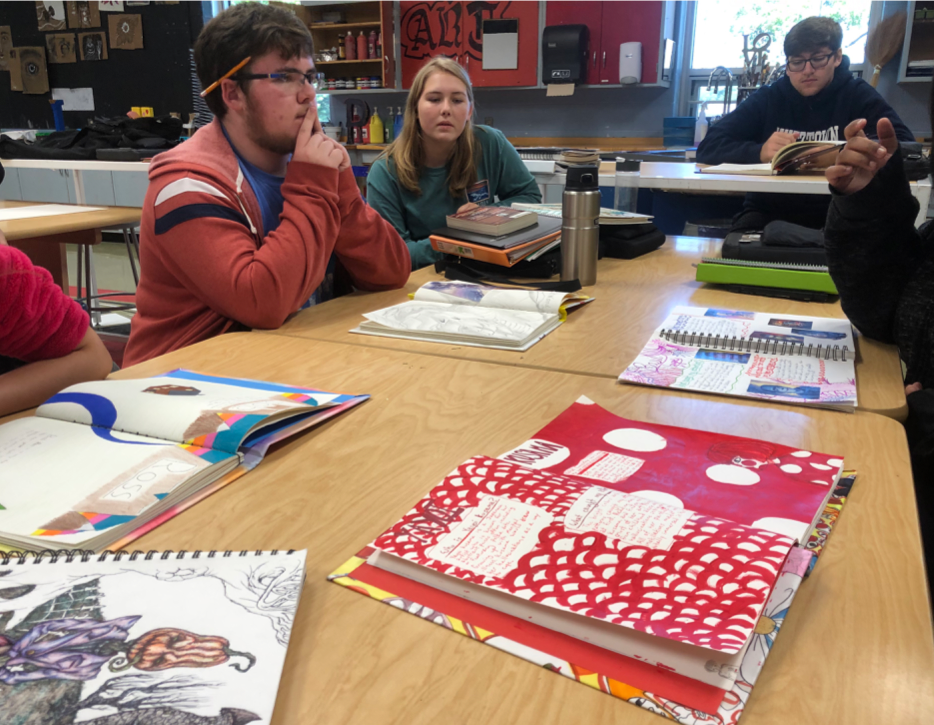
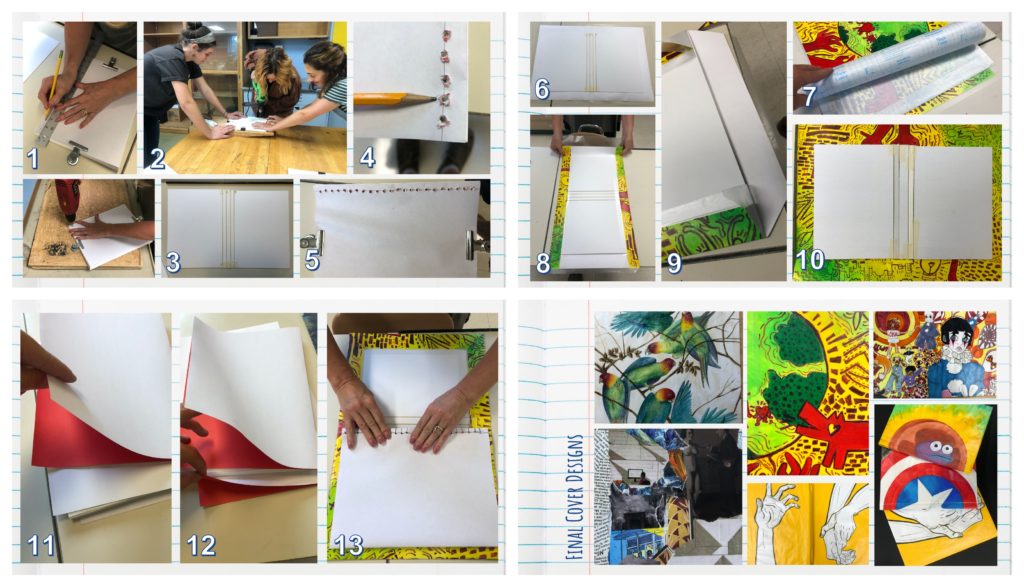

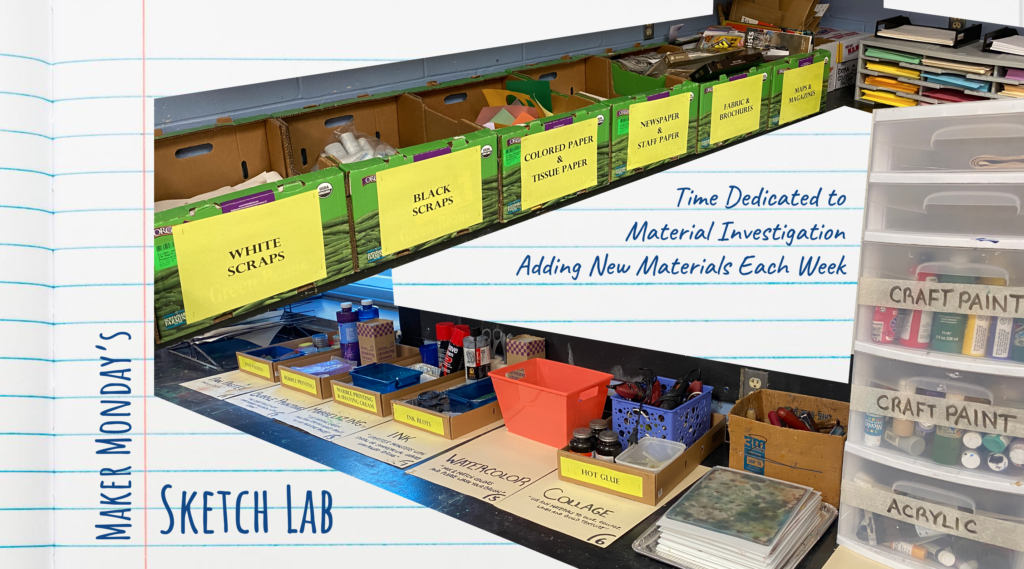
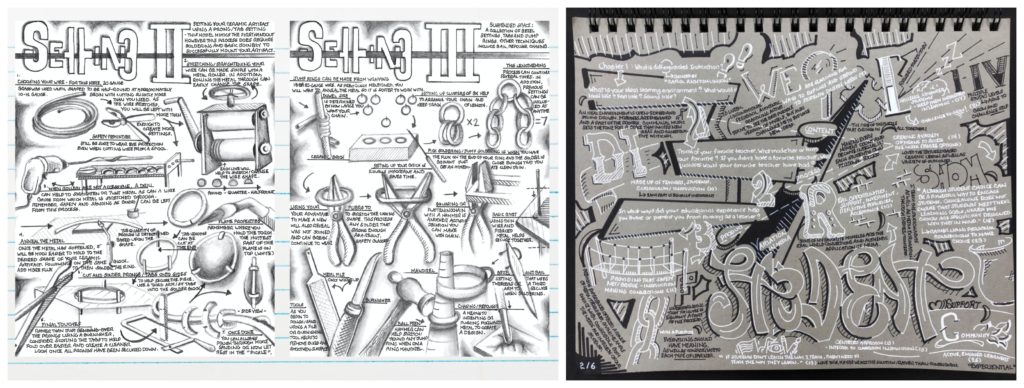
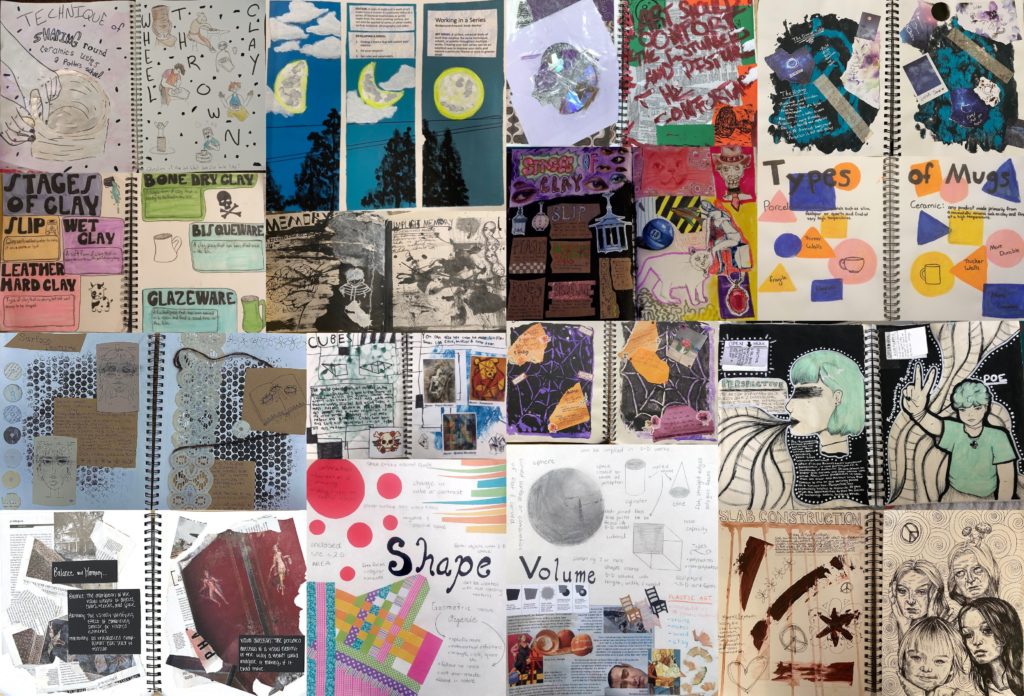
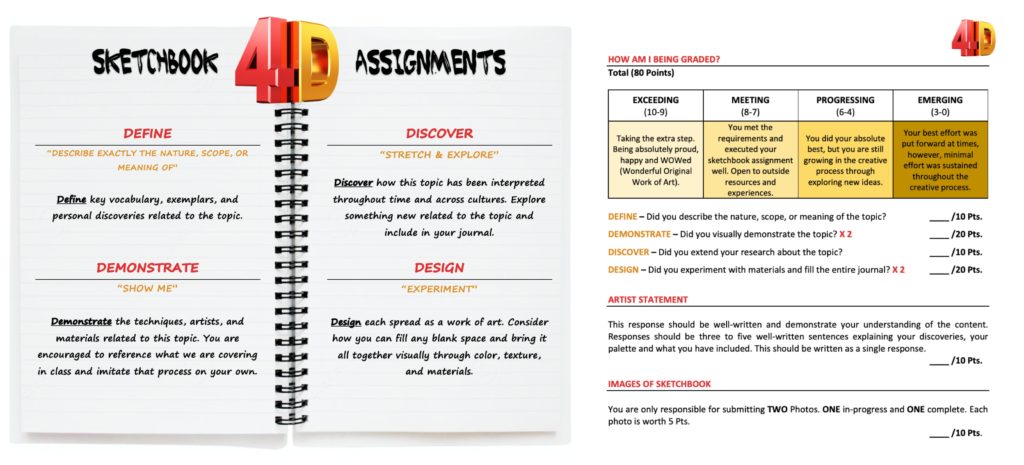
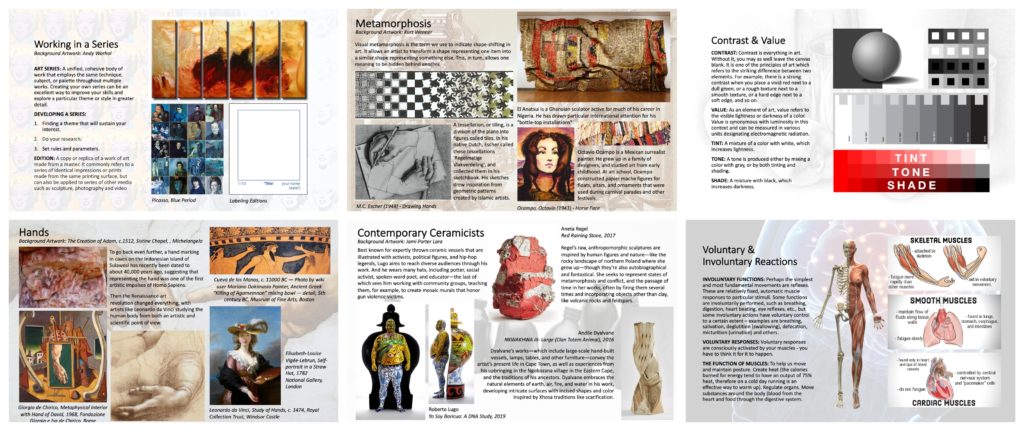
 D5 Creation
D5 Creation